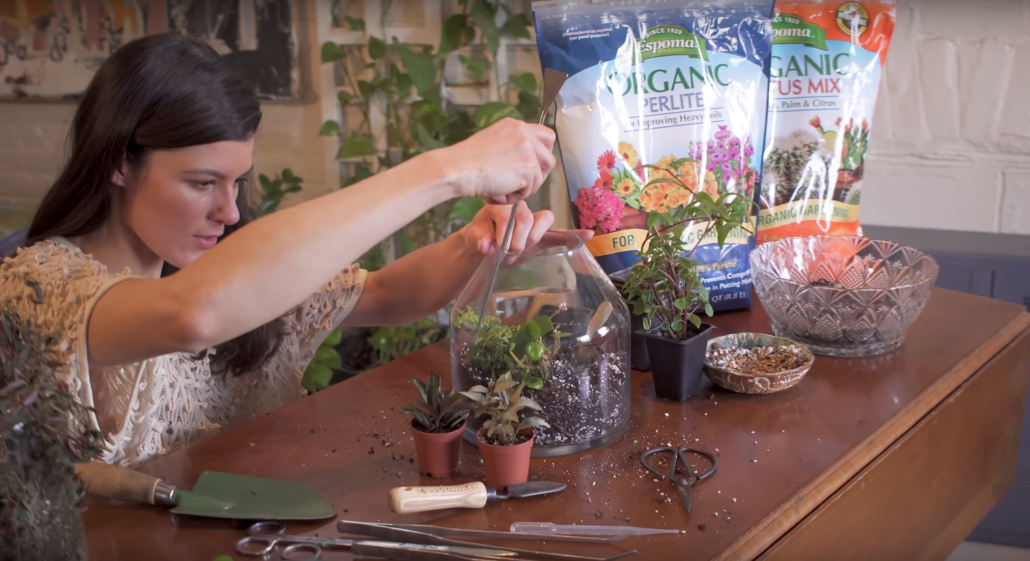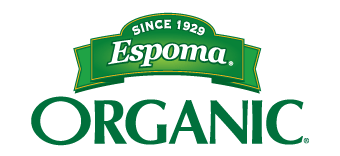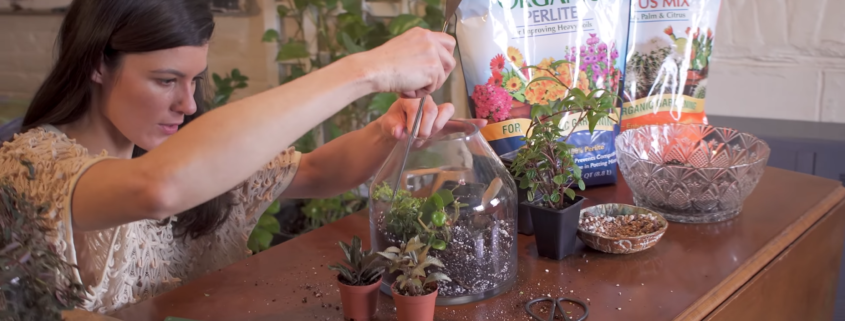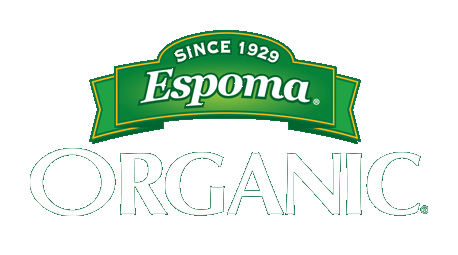How to Plant a Terrarium with Summer Rayne, Homestead Brooklyn
Terrariums are beautiful, fun to make and easy to care for. Our favorite Brooklyn plant expert, Summer Rayne Oakes, guides us through the process step-by-step in this episode of Plant One on Me.
Summer covers which plants, tools, containers and soil mix you’ll need. Plus, how to water, the number one reason people kill plants.
If this terrarium seems too large to start with, go with a smaller version.
You don’t need a green thumb for this DIY project, promise.

Getting Started
First of all, choose a glass container. It’s easiest if the container is big enough to fit your hand inside. Next, choose plants that have the same kinds of light and water requirements. Check the plant tags to make sure they’ll be compatible. Generally speaking, terrariums are best in bright, indirect light. Full sun can be magnified by the glass and burn foliage. Base the container size on the number of plants you’d like to include.
Tools
Summer uses a set of aquarium tools for her terrariums. It’s a clever idea because they are extra-long. Having said that, it isn’t really necessary to buy this type of set when starting out. A long pair of chopsticks does a great job. She also uses a spoon and a narrow garden trowel. A watering can with a thin spout is handy to direct the water.
Soil Mix
The soil for terrariums needs to be a light, free draining mixture. Espoma’s organic Cactus Mix combined with perlite makes the perfect blend. If plants are small you can start with a drainage layer of an inch or so consisting of small rock and or charcoal. In this case, she didn’t use a drainage layer because the plants were relatively large and would have rooted into the drainage layer too quickly.
Planting
Add an inch or two of the soil mixture to your glass container. Play around with the plants until you have an idea of how you’d like them to look. Every plant won’t be blooming all of the time so choose ones with different textures and foliage to create the terrariums subtle beauty. Plant around the edge first, adding soil around the plants as you go. Plant the centerpiece last.
Watering
Terrariums create their own humidity which means they’ll need to be watered less frequently than houseplants in pots. Water sparingly and keep an eye on them. If plants seem to be wilting, water them. As time goes by, you’ll find the right watering schedule for your terrarium. Once every two weeks is about average.
Plant List
Here is a list of the plants Summer used in this video:
- Monstera siltepcana – light and dark varieties
- Peperomia trinervula
- Hemigraphis/Strobilanthes alternate
- Pilea asp.
- Begonia conchifolia
- Peperomia caperata
More Information
Here are links to other videos and blog posts we think you may find interesting:


